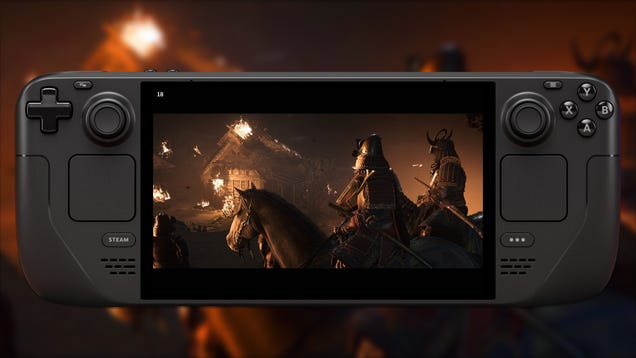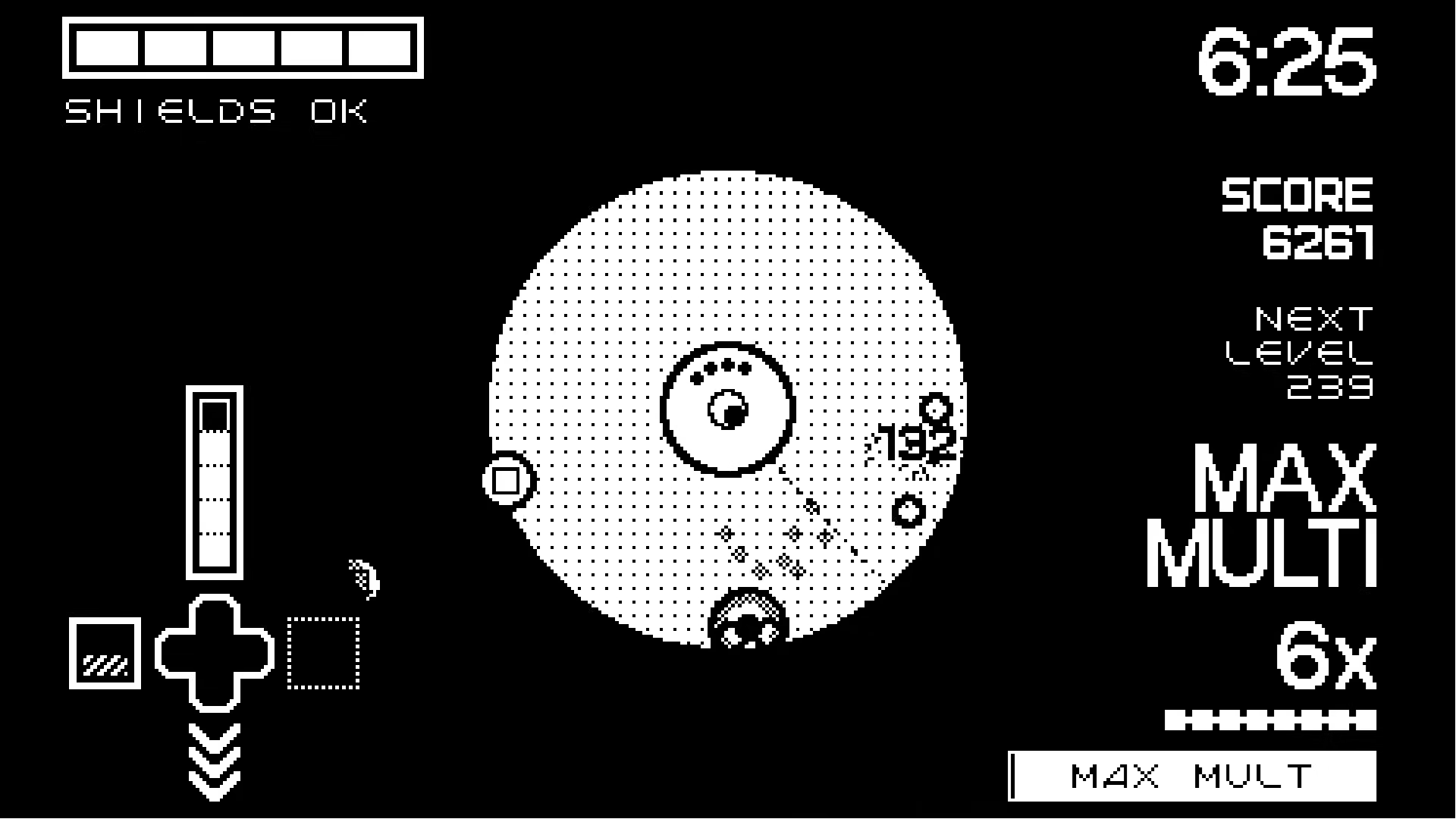
Glorious Model D 2 Wireless Mouse (Non-Pro Version) Review
Not too long ago, we reviewed the Pro versions of the Glorious Model D 2 and O 2, a pair of gaming mice geared towards competitive play that trimmed out a lot of flashiness in favor of no-nonsense, high-performing features like high polling rates and optical switches. Well, what if you wanted some of that gaudiness back in your mouse (at least in a tasteful sense) and didn’t necessarily need pro-grade features? That’s what the standard Model D 2 brings to the table, without sacrificing the performance expected of a decent gaming mouse.
Glorious Model D 2 – Design and Features
The first thing you’ll notice about the Glorious D 2 is its series of punched-out holes on the palm area of the mouse’s body (if you’re susceptible to trypophobia, you’ll want to skip this thing altogether). It helps shave off a little bit of weight, but it’s also a stylistic choice I can get down with. On both the left and right sides of the mouse are low-key RGB strips which add some flair without being loud.
The body itself takes on a quite bulbous shape that’s fitting for a palm grip, but the holes on the palm area sacrifice some of the contact that helps you control the mouse properly. Otherwise, it’s relatively light at 66 grams which makes it easy to whip around in a claw or fingertip grip. Although I wish the material offered a little more tactility to help maintain grip, I never lost control of the mouse during intense gaming. Note that this is a right-handed mouse, which helped create a natural grip for me – if you are left-handed, however, the symmetrical ambidextrous Glorious Model O 2 is for you.
The Model D 2 performs well and has some personality to boot.
Both left and right mouse buttons are responsive and suited for rapid clicks, even if they don’t exactly stack up to the satisfyingly springy clicks of the Glorious D 2 Pro, Razer Viper V3 Pro, or Alienware Pro mouse. As you notice with those, however, they’re “pro-grade” mice geared towards high-level competitive gaming, and you will be paying more for them. The side buttons on the D 2 Wireless are somewhat smaller compared to its Pro counterpart, yet I didn’t really have any serious problems using them in the heat of the moment. The scroll wheel holds up with distinct increments that you feel when scrolling up and down, but as a mouse button, clicking down the scroll wheel feels somewhat squishy. Lastly, the DPI switch at the top does exactly what you need it to do, and you can customize the DPI settings in the software (more on that later).
Underneath the mouse, you’ll find the “BAMF” 2.0 optical sensor with a max DPI of 26,000. This is the same one used in the Pro model, and it’s as smooth as any other optical sensor worth its salt. And same as the Pro, the Model D 2 features four split PTFE mouse feet to help it glide smoothly across any surface. The package includes two extra mouse feet you can stick to the top and bottom to cover more surface area and provide an extra smooth glide that’s noticeably better – just make sure you apply them evenly if you want to use them. There’s a mode switcher for swapping between 2.4 GHz wireless or Bluetooth 5.2 – the Pro version does not feature Bluetooth, so it gives this version of the Model D 2 a little more versatility. Also, you get an extension hub and a USB-A to USB-C cable along with the 2.4 GHz dongle to help with having consistent connectivity if your setup necessitates it.
Get the most out of your new gaming mouse
Check out the best gaming mouse pads.
Glorious Model D 2 – Software, Utility, and Battery Life
Like any other Glorious product, you’ll have to use the Glorious Core software to customize your settings. For the Model D 2, this includes RGB behavior, up to six DPI profiles, mouse button actions, and more granular things like lift-off distance and debounce. While you can change the polling rate, there’s no real reason why you would use anything other than the default max of 1000 Hz. The UI of Glorious Core is a bit hard to make out with how everything is laid out including the battery life indicator in the top right, but it’s thankfully straightforward enough to not be a problem to navigate.
Battery life is one of the highlights of the Model D 2 – while it’s rated for 210 hours from a full charge, that’s accounting for usage without any RGB lights turned on and in Bluetooth mode. For the duration of using this mouse for gaming and working with RGB set to about medium-low brightness, I never had to worry about battery life. I’d say after using this mouse in the ballpark of 80 hours total, only then did it start to blink red to indicate low battery, which is a win in my book. One thing worth noting is that the mouse doesn’t really go into a sleep mode on its own, and leaving it on will drain the battery when it’s not in use.
Glorious Model D 2 – Performance and Gaming
As has been the case for my previous mouse reviews, I played several ranked matches of Counter-Strike 2 to test how the Model D 2 performs in a competitive environment. And I’m happy to report that I was able to hold my own just as I would with any of the other great mice I’ve used in the past.
The Model D 2 doesn’t offer the advantage of 4000 Hz or 8000 Hz polling rates you can find in pro-style mice, but the perks I get from those are relatively minor (as there are other factors in being an effective CS2 player). There is a certain silkiness to using a higher polling rate mouse with a 144 Hz refresh rate monitor, and there is a technical difference it makes in the input pipeline. This meant it took a bit of adjusting going to the Model D 2’s 1000 Hz, but I was still able to land headshots and hit some flick shots while sniping, and as most folks will notice, higher polling rates aren’t that necessary. This thing still has a good optical sensor and PTFE mouse feet for smoothness and control, which is expected of a worthy gaming mouse.
It’s lightweight, wireless with great battery life, and holds its own in competitive gaming…
Raiding in Final Fantasy XIV doesn’t necessarily stress mouse performance per se, but it did highlight how the side thumb buttons could use some work. They’re a little on the squishier side, are a bit small for my preference, and are sometimes hard to distinguish from one another. I map important actions to these buttons, as well as to the scroll wheel, which is on the firmer side. Admittedly, these are largely nitpicks I picked up on after using the mouse for hours on end while gaming and didn’t put me in a difficult position while raiding, it’s just that I’ve used other mice recently that have nailed these particular aspects.
Purchasing Guide
The Glorious Model D 2 wireless mouse is available for $99.99 on Amazon or Best Buy, and it can be found in a white color scheme. The ambidextrous Model O 2 wireless is also available.








